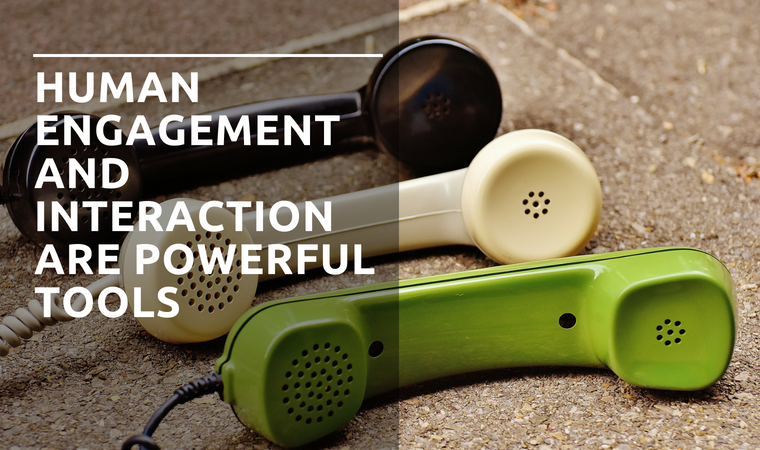PR consultants spend a lot of time with their clients working on ways to “deliver the message.” This phrase implies a one-way form of communication. What happens if the audience does not wish to receive the message?
Even if the message is received, how do we know if the audience is convinced, inspired or motivated by what is said?
A more appropriate way to think about this is to begin with the realization that human engagement and interaction are the most powerful tools in the world for building understanding. Science tells us that people are innately social beings seeking interactions with others. If we accept this as true, why not consider how our messages can arrive via dialogue rather than delivery?
Customers need to feel their opinions matter, that they are heard, and the companies they purchase from act in alignment with their interests. This is why the strategy of any communication program must be built on insights gained by listening. Stakeholder engagement through direct dialogue rather than anonymous surveys inevitably produces the deepest and richest insights and begins a discussion that can be lasting and valuable for both sides. Through direct engagement, companies can learn what matters most and how best to tailor their communications to resonate best with customers.
Direct engagement optimally begins at the development stage of a communication campaign. A strategic planning process we created uses one-on-one interviews with key stakeholders as the means for gaining insights about a company, issue, or message. These stakeholders include not only professionals inside the client organization, but those outside as well – customers, competitors, journalists, subject matter experts. The information we gather is used to construct a communication plan matrix or map that guides program structure and implementation.
Beginning in this fashion effectively ”embeds” engagement into the campaign and makes it an ongoing process.
Great companies intentionally sustain engagement throughout the campaign’s life-span. Some make it part of their culture. They do this by fostering customer interactions via Twitter or other social media platforms. Some solicit customer comments and reviews and then respond directly in a respectful and serious fashion. Still, others use “social listening” to attend to what their customers are experiencing with the company or even in their personal lives. Myriad examples of above and beyond actions taken by enlightened companies to connect with customers arose out of social listening.
Social media, however, are not the only channels for customer engagement. The direct and personal approach yields sometimes far better customer relationships and perspectives. The head of a casino walks the floor to greet customers, express his appreciation for their visit and learn how they are enjoying the time and what matters to them. This shapes promotions and reward programs that customers find appealing. A professional society focused on an issue of concern engages directly with “partner” organization leaders to gain perspectives that guide the campaign. A diversified products company at the center of activist interests, reaches out to those purported “opponents” for direct conversations about their concerns. At least one such conversation led to a shared agreement about the company’s future actions. Other conversations continue.
They key is that neither side is merely shouting at the other. Both sides are talking and listening.
If communicators employ direct engagement as a core attribute of their outreach campaigns, messages are finely tailored and nuanced rather than one size fits all. Campaigns are conducted in ways that foster interaction, and the information gathered is used to refine and advance the communication effort even as it is unfolding.
If communicators have the capacity to influence corporate behavior by pursuing direct engagement, perhaps they may even serve as a model political leaders can follow. After all, it is far easier to make progress with conversation than with bombast and threats. For this reason, “Let’s Talk” may be the key to important and lasting societal change.
I would be interested to hear your thoughts on this. Contact me at pstanton@stantoncomm.com and let’s talk.
